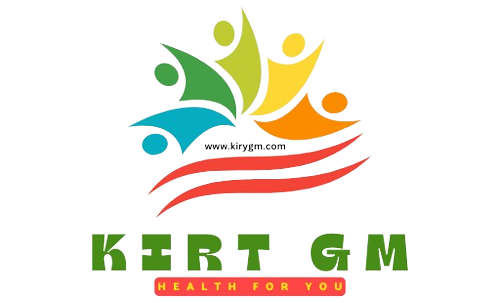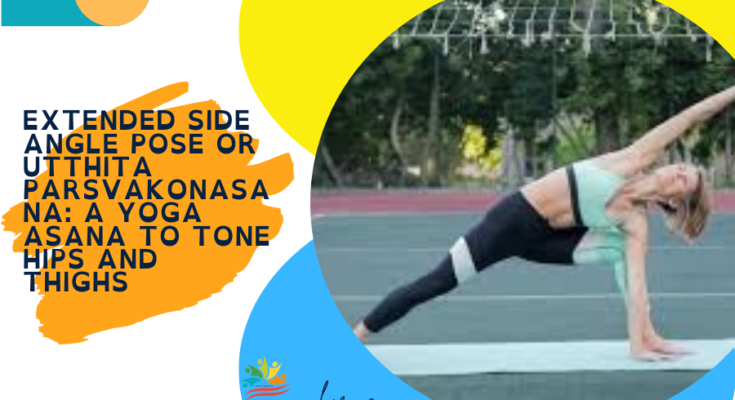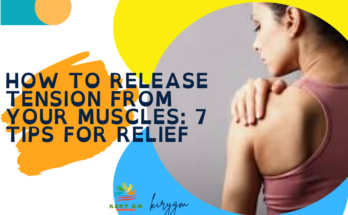Yoga has been a practice revered for its myriad of benefits, both physical and mental. Among its many poses, the Extended Side Angle Pose, also known as Utthita Parsvakonasana, stands out for its ability to target and tone the hips and thighs. In this article, we’ll delve into the specifics of this pose, its benefits, how to perform it correctly, and precautions to keep in mind.
Understanding Utthita Parsvakonasana
Utthita Parsvakonasana is derived from Sanskrit, where “Utthita” means extended, “Parsva” translates to side, and “Kona” means angle. As the name suggests, this pose involves stretching the body to form a sideways angle, engaging the hips and thighs while simultaneously strengthening the legs and core.
Benefits of Extended Side Angle Pose
- Hip and Thigh Toning: One of the primary benefits of Utthita Parsvakonasana is its ability to tone and strengthen the muscles of the hips and thighs. The deep stretch experienced in this pose helps to engage these muscle groups, promoting increased flexibility and strength over time.
- Improved Flexibility: Regular practice of this pose can lead to improved flexibility in the hips, thighs, and groin area. By opening up these areas, practitioners may experience greater ease of movement in daily activities and other physical exercises.
- Strengthened Legs and Core: Utthita Parsvakonasana requires active engagement of the legs and core to maintain balance and stability. As a result, regular practice can lead to strengthened leg muscles and a more stable core, contributing to overall physical strength and endurance.
- Enhanced Balance and Coordination: As with many yoga poses, mastering Extended Side Angle Pose can improve balance and coordination. The focus required to maintain proper alignment and hold the pose translates to better balance both on and off the yoga mat.
How to Perform Utthita Parsvakonasana
- Begin in Warrior II Pose: Start by standing at the top of your mat with your feet hip-width apart. Step your right foot back and rotate it outward, so your toes are pointing to the top edge of the mat. Bend your left knee, keeping it directly over your ankle, and extend your arms out parallel to the ground, palms facing down.
- Extend the Side Body: From Warrior II, exhale and reach your left arm forward, extending it past your left leg. Lower your left hand to the ground or a block on the outside of your left foot. Your torso should now be tilted to the left, forming a diagonal line from your extended left arm to your left foot.
- Engage the Core and Legs: Press firmly into the outside edge of your back foot while keeping your front knee bent. Engage your core muscles to maintain stability, and actively press your left knee open, creating space in the hip joint. Ensure your chest remains open, with your shoulders stacked directly over your hips.
- Lengthen the Spine and Reach Upward: With each inhale, lengthen through your spine, creating space between each vertebra. Reach your right arm overhead, extending through the fingertips. Your gaze can remain straight ahead or tilt upward toward your right hand, depending on your comfort level and balance.
- Hold and Breathe: Maintain the pose for 30 seconds to a minute, breathing deeply and evenly. Focus on grounding through the feet while simultaneously reaching through the fingertips, finding balance between strength and ease in the posture.
- Repeat on the Other Side: To release the pose, exhale as you press into your feet and return to Warrior II. From there, transition back to standing at the top of your mat before repeating the sequence on the opposite side, stepping your left foot back and mirroring the movements.
Precautions and Modifications
While Utthita Parsvakonasana offers numerous benefits, it’s essential to practice with awareness and listen to your body. Here are some precautions and modifications to keep in mind:
- Knee Alignment: Ensure that your front knee stays aligned over your ankle to avoid strain or injury. If you feel any discomfort in the knee, adjust your stance or come out of the pose slightly.
- Hip Flexibility: If you have tight hips or groin muscles, use a block or prop under your lower hand for support. This can help you maintain stability while gradually working to deepen the stretch over time.
- Back Issues: If you have any existing back issues or discomfort, avoid collapsing the chest or rounding the spine in this pose. Focus on lengthening the spine and keeping the chest open to avoid strain.
- High Blood Pressure or Heart Conditions: Individuals with high blood pressure or heart conditions should practice caution when performing deep stretches or poses that involve intense engagement of the core and legs. It may be advisable to consult with a healthcare professional before attempting this pose.

Conclusion
Utthita Parsvakonasana, or Extended Side Angle Pose, offers a myriad of benefits for both the body and mind. By incorporating this pose into your regular yoga practice, you can experience increased strength, flexibility, and balance, particularly in the hips and thighs. Remember to approach the pose with mindfulness, paying attention to proper alignment and listening to your body’s cues. With consistent practice and patience, you can harness the transformative power of this empowering yoga asana.https://www.youtube.com/watch?v=-W9k3Onmjus&pp=ygVYRXh0ZW5kZWQgU2lkZSBBbmdsZSBQb3NlIG9yIFV0dGhpdGEgUGFyc3Zha29uYXNhbmE6IEEgWW9nYSBBc2FuYSB0byBUb25lIEhpcHMgYW5kIFRoaWdocw%3D%3D




